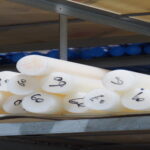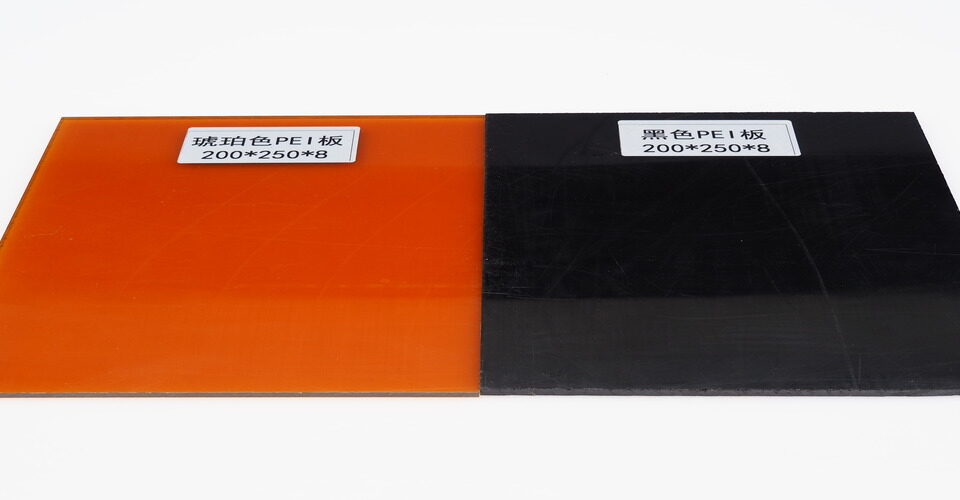
PEI Plastic vs. PVDF
October 16, 2024
PCTFE vs PTFE
October 17, 2024When evaluating PI (Polyimide) plastic and PEEK (Polyether Ether Ketone), it’s important to consider their properties, applications, and performance characteristics.
Material Properties
PI plastic is known for its excellent thermal stability, capable of withstanding temperatures up to 300°C (572°F). It also exhibits high mechanical strength, chemical resistance, and good electrical insulating properties. PEEK, a high-performance thermoplastic, boasts outstanding thermal and chemical resistance, with an operational temperature of up to 250°C (482°F). PEEK is also known for its high tensile strength and rigidity, making it suitable for demanding applications.

Applications
PI plastic is commonly used in applications that require extreme heat resistance, such as aerospace components, electrical insulation, and flexible printed circuits. Its ability to maintain properties at high temperatures makes it ideal for various industrial settings. PEEK, on the other hand, is widely used in the aerospace, automotive, and medical industries. Its strength and biocompatibility make it suitable for applications like surgical implants, seals, and bearings.
Environmental Resistance
Both materials excel in harsh environments. PI plastic maintains its integrity under high temperatures and is resistant to various chemicals. PEEK also offers exceptional resistance to chemicals, moisture, and radiation, making it a reliable choice for long-term use in challenging conditions.
Conclusion
In conclusion, the choice between PI plastic and PEEK depends on specific application needs. PI is ideal for high-temperature and electrical insulation applications, while PEEK offers superior mechanical strength and chemical resistance. Understanding these differences will guide you in selecting the right material for your project.






